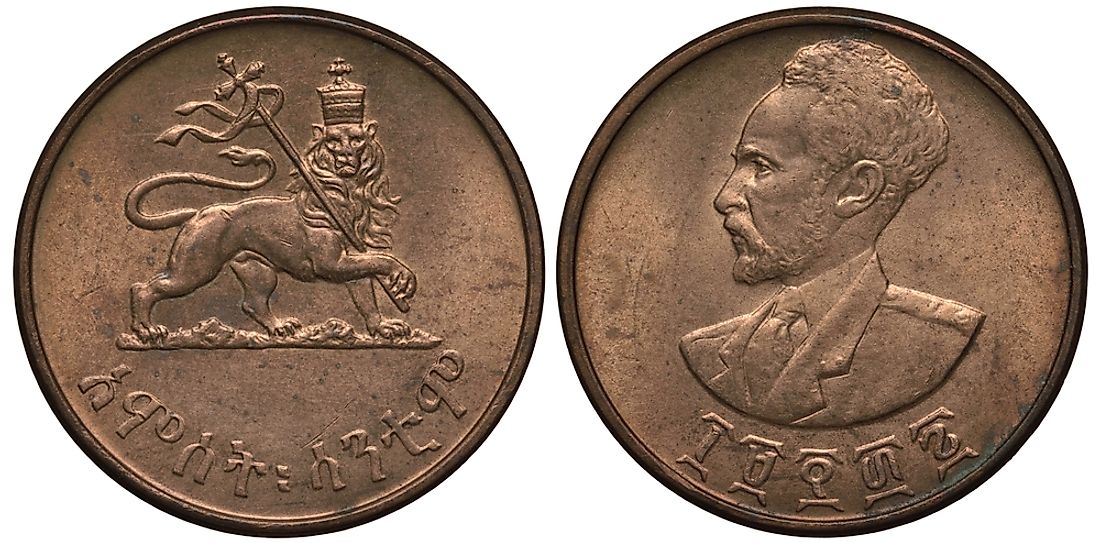Who Was Haile Selassie?

Haile Selassie was made the emperor of Ethiopia in 1930 and ruled until the second World War when he was forced out during the Italian conquest. He called for condemnation of Italy, whom he accused of using chemical weapons against the people of Ethiopia during the war. After a decade in exile, Selassie came back and took over once again as the emperor in 1941 with the aim of modernizing the country socially, economically, and educationally. He stayed in power until 1974 when political instability and the unemployed forced him out of office.
Early Life
On July 23, 1892, Haile Selassie was born at a place called Ejersa Gora. He was first given the name Lij Tafari Makonne (the Harar’s governor) and was the only son of Makonnen who lived to adulthood. Selassie traced his origin back to the child of Sheba’s Queen and King Solomon, Menelik I. Emperor Menelik II, who was the Tafari’s cousin, did not bear a male child who would take over, and after the death of Tafari’s father, he took his son (Tafari) as the heir.
However, following the death of Menelik II in 1913, Lij Yasu, the emperor's grandson, was appointed the emperor. Due to Yasu's links with Islam, he failed to earn the favor of the mostly Christian population; consequently, he was deposed in 1916 and succeeded by Tafari. Tafari was viewed by the younger generation in Ethiopia as the symbol of hope and better future. He represented Ethiopia in the League of Nations in 1923, and he became the first ruler of Ethiopia to fly abroad. In 1928, he self-appointed himself the king and following the death of Zauditu, Tafari became the emperor, and he officially used the name Haile Selassie which means “Might of the Trinity.”
His Leadership
Haile Selassie ran the government guided by his ambitions where he promulgated a new Constitution, built schools, strengthened police, and centralized the power. He left the country in 1926 following the Italy invasion and led the resistance against the Italian, first by seeking the help of League of Nations. Selassie managed to reclaim his country with the assistance of the British and once again assumed the position of emperor. As the anti-colonialism wave swept across Africa, he inaugurated a new constitution in 1955 outlining equality under the law; however, Selassie retained his powers.
His Last Years
A high number of youths who were unemployed, the 1970s famine, and the inability of Selassie’s government to resolve the country's problems undermined his rule. In February 1974, the government forces staged a mutiny due to underpayment, which worsened Selassie's problems. He was finally removed from power and forced to stay in his residence until his death in 1975.
False claims came out attributing his death to natural causes; however, evidence indicated that Selassie was strangled, possibly on the government’s orders. A burial was conducted in November 2000 and his body buried in Trinity Cathedral of Addis Ababa.
Legacy
Haile Selassie was a devoted Christian, and his frequent quotation of the Bible led to his incarnation by the Rastafari movement. The differing mansions of the Rastafari religion believe him to be either a messenger of God, the messiah, or the human enbodiment of Jah (God). Although his importance differs from mansion to mansion, all agree that Haile Selassie is intrinsically linked with the Rastafari religion.







